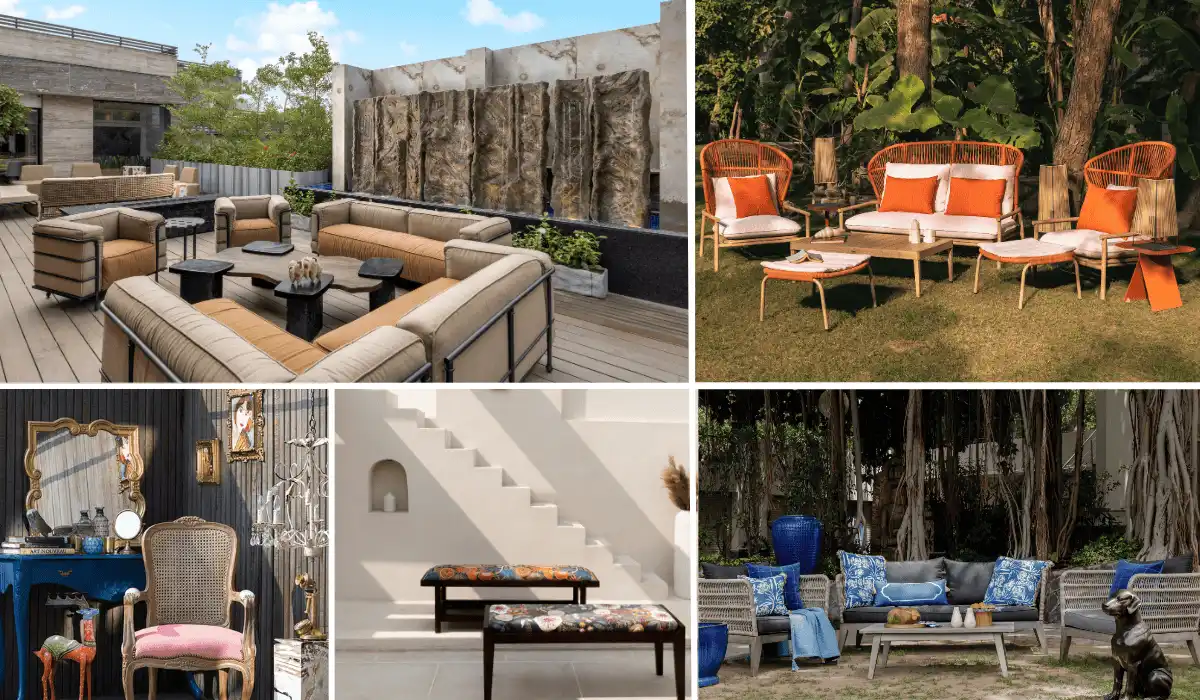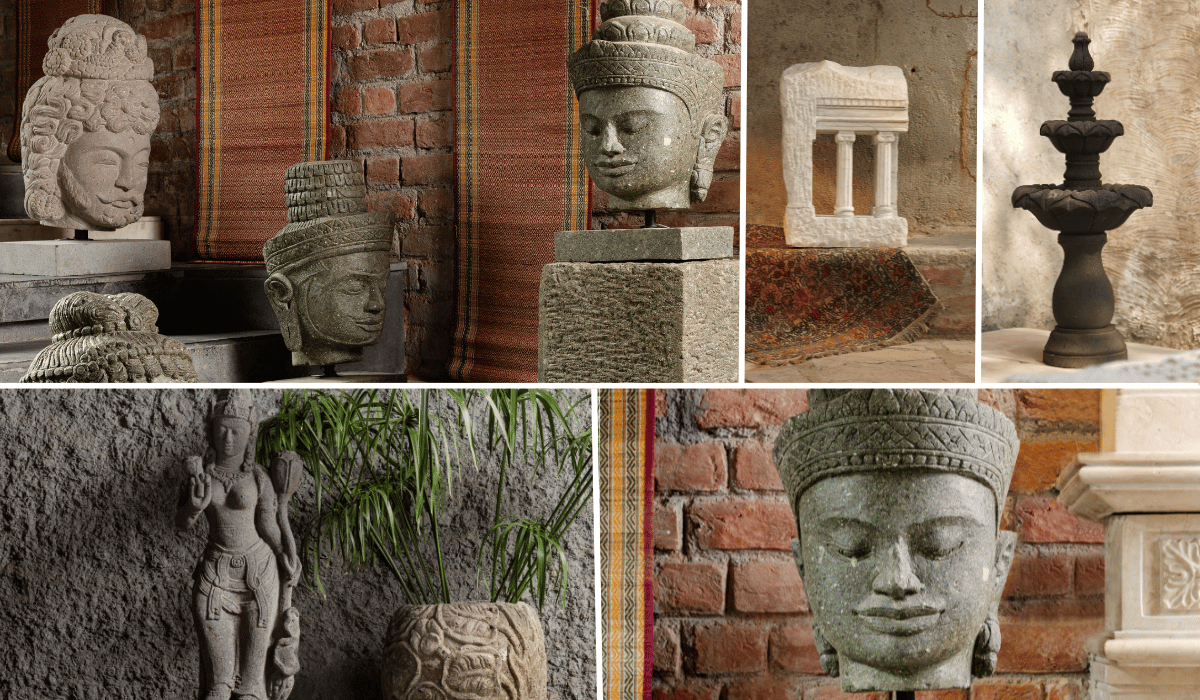Thannal Natural Homes rekindle natural building techniques while erecting nature-inspired buildings. Originating from the traditional roots, Biju Bhaskar is not only building nature inspired houses, but also emphasising on the creation of natural builders. Born in Kerala in a farmer’s family, Biju Bhaskar worked with master sculptors, painters, spiritual teachers, and photographers to uplift his knowledge in making shelters. He co-founded Thannal Natural Homes in 2011 with his wife Sindhu Bhaskar and has been continuing his journey in self-study and earthen shelters. Akhil Shajan, an apprentice and Thannalete revealed the fundamentals of natural buildings and materials, the research and experimentation behind it and the role of Thannal Homes in spreading awareness and knowledge about the same.
‘Thannal’ means shade in Malayalam, the mother tongue of the founders. Thannal thus believes in the Indian way of building shelter, a method which practised in India from the Vedic ages. In most ancient human settlements, people have lived in durable, comfortable buildings made from natural materials. Therefore, the components used in building a house entangled in the day to day lives of the inhabitants. Using natural materials without altering them can minimise the effect on nature and make us live in harmony with it. Built purely using locally sourced materials, typical vernacular houses have long life spans.
Consequently, the introduction of cement and steel wiped out the notion of these native houses, utilising plenty of energy and yielding harmful effects for the human body. This led Biju to embark on a journey to learn and revive ancient building techniques and adapt them into a modern design. Contemporary houses require a more ventilated design and lower maintenance, and to achieve that he improved these techniques by using natural materials and admixtures like starch derived from grains, jaggery water, cow dung or haritaki extract. Addition of lime into mud for water resistance and termite protection along with roof projections were some of the design advancements by Biju Bhaskar.


Thannal believes in the Indian way of building shelter, a method which was practised in India from the Vedic ages.
Challenges are a part and parcel of each new venture. Akhil voices, “To build a house, we had to check material availability, skill of labourers, native building techniques and methods to adapt them in accordance to client needs. Since there are no building standards, we had to interact and learn from local artisans. People’s lack of awareness about the durability of houses without cement is also a challenge. Where old houses have been existing since 50-60 years with easy maintenance, modern houses have a lifespan of maximum 30-35 years with hefty and timely maintenance.” These observations made Biju Bhaskar move to this field. Each of their projects undergoes a lot of experimentation and they teach the same in their workshops.
Research and experimentation is an integral part of Thannal’s journey. The team has engaged in the scientific exploration of natural building materials. The students in this field test the materials on the civil engineering standards. This process helps in making basic thumb rules for the proportion of different elements of a building material. Akhil says, “The soil varies site to site, so the thumb rules are standardised locally. Senior artisans instil knowledge about local soil, helping us in material tests in order to know about their construction suitability. In our video tutorials and workshops, we guide people to test their materials and make combinations with them for sturdy construction. The material cost also varies depending on local weather and material availability. Although if the material is obtained from the site itself, the cost of the entire building goes down.”
Mud houses have been an integral part of the village fabric, but are uncommon in the urban canvas. Ancient cities like Shibam with its ten storey mud houses and Mohenjodaro with mud as a primary material, and many small cities have houses aging back to more than sixty years and built using natural materials. Akhil discusses the limitations of such houses, “Material availability and restricted space due to thick walls are some of the shortcomings of mud houses in urban areas. The use of cement can be discontinued for at most ground plus two storey modern structures, provided there is space for thicker walls. There are ten storey buildings in Yemen, but we are advocating towards a more organic development that is spread out and has low building heights. Thus, I would not recommend replacing urban materials currently and we can explore more ways of construction for the future.”
When asked about their recently completed project, Akhil outlines a farmers house built in a tribal area Attapadi in Kerala. The site acted as a source for materials like mud, bamboo and stone. The only elements that the client bought were Lime, roofing tiles and admixtures. It was a ground plus one structure with mud as the major material.
Akhil says, “The site is situated in the Western Ghats and faces heavy rainfall. We had to construct it in the rain, so we built the foundation with stones collected from the site, placed bamboo posts and executed the construction of the roof first for easy erection of walls. The use of bamboo was taught by local artisans and tribals who were aware of their native building methods. Procuring materials from the site itself reduced the cost of the project and a major chunk of money spent was circulated in the local economy only. The building is 1020 sq.ft. and costs around 8 lakhs only.”
The owner and his children visited Thannal’s workshop in 2017 and got training in their building methods. Biju Bhaskar designed their house, but the owner himself executed the construction along with other labourers. Biju and his apprentices visited the site from time to time for support and directions. The owner carried out a lot of research and experimentation to come up with feasible methods that adapt to the context. Thannal Homes encourage owners to train and engage in the construction process to form a connection with the structure and personalise spaces. This was the first project completed in Biju Bhaskar’s home town Kerala. He wants it to be an example for successful mud houses in Kerala in spite of heavy rain.


The pandemic brought about a change in architecture people’s perception towards homes. A lot of people reverse migrated to villages to live and work from there itself. People’s awareness about climate change and sustainability has grown tremendously in the last year. Thannal Natural Homes launched online video tutorials during the pandemic for material study, their availability and the applicable tests necessary. Akhil says, “After watching the video tutorials, people can try out the technique by building small structures. We can train people with the natural builders working in the locality. This facilitates people helping each other out if they wish to build a house in their district without assistance from Thannals.” By and large there has been a positive growth in the construction of mud houses recently.
In current times and future endeavours, Thannal Homes is focusing on teaching natural building techniques to more and more people through workshops, online courses and books. They are publishing the back home tutorial series in both video and print format. With an E-book launched in 2016, they entered the print media to provide more resources for people to learn from. The books translated into Tamil and Malayalam will be of help to local people and labourers. They are also looking to make a Malayalam and Hindi translation of the published video series. Instead of taking up new projects, they are completing their prior engagements.
Akhil voices, “We have been working with artisans from Rajasthan since 2016. In 2-3 years of work, we have revived the local techniques like lime plastering method, thappi, araish and lohi, along with roofing methods like the Kiru roof. Senior artisans teach the methods of Rajasthan in our workshops. We have blog articles for these, but we are planning to publish a book on the same. We are also moving into the traditional plastering methods from Tamil Nadu. Next year, we’ll be working with artisans from Chettinad and learn from them. We are also supporting young professionals trained under us by directing them towards projects under senior professionals and providing site exposure. We are concentrating on creating and spreading knowledge and reviving our ancient techniques.”


Thannal Natural Homes
Visit: thannal.com
E-mail: thannalroots@gmail.com
Contact: +91 93856 20884
Biltrax Construction Data is tracking 17000+ projects on its technology platform for its Clients. Email contact@biltrax.com to subscribe and generate business leads.
Discover more from Biltrax Media, A Biltrax Group venture
Subscribe to get the latest posts sent to your email.




























